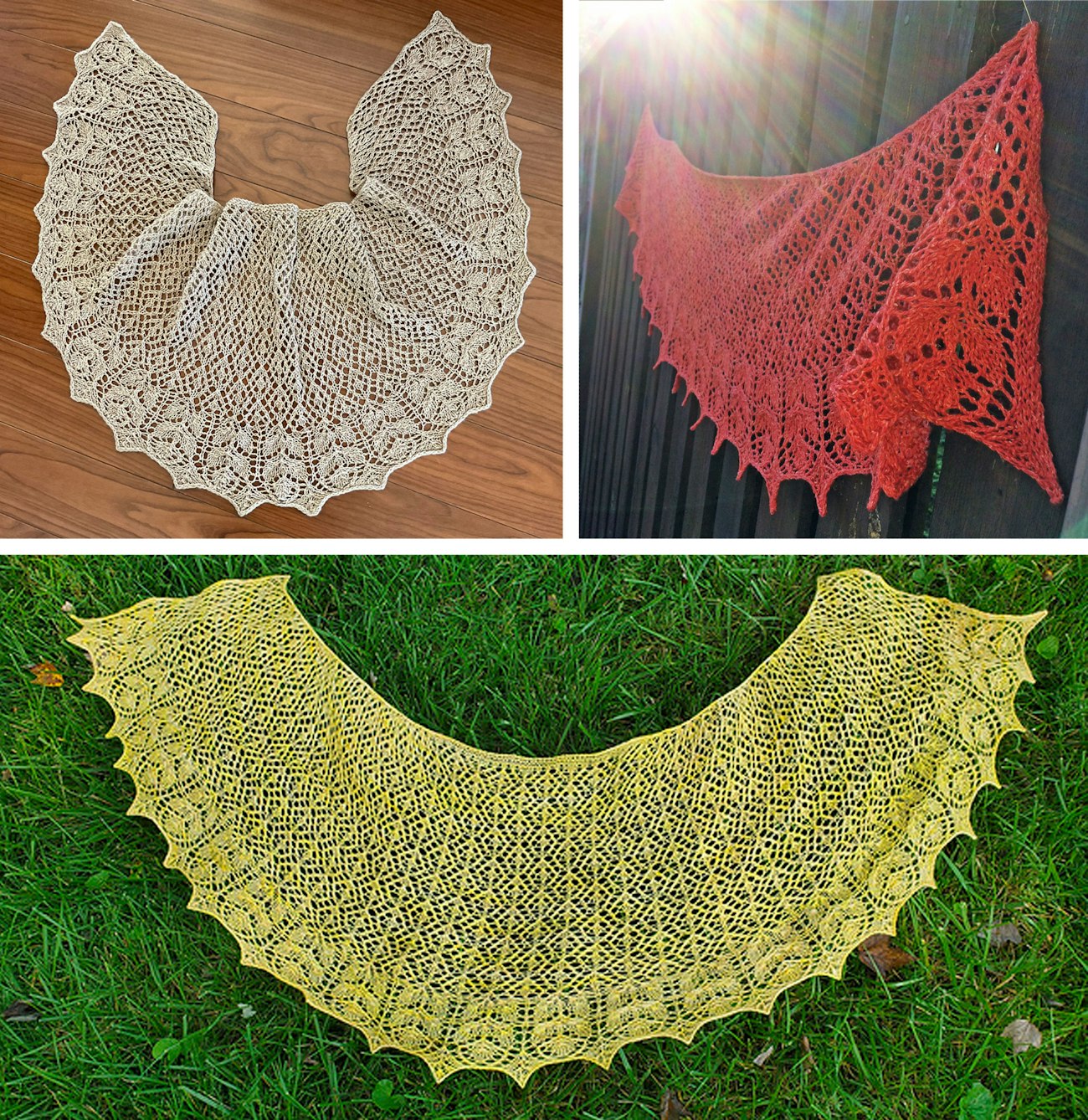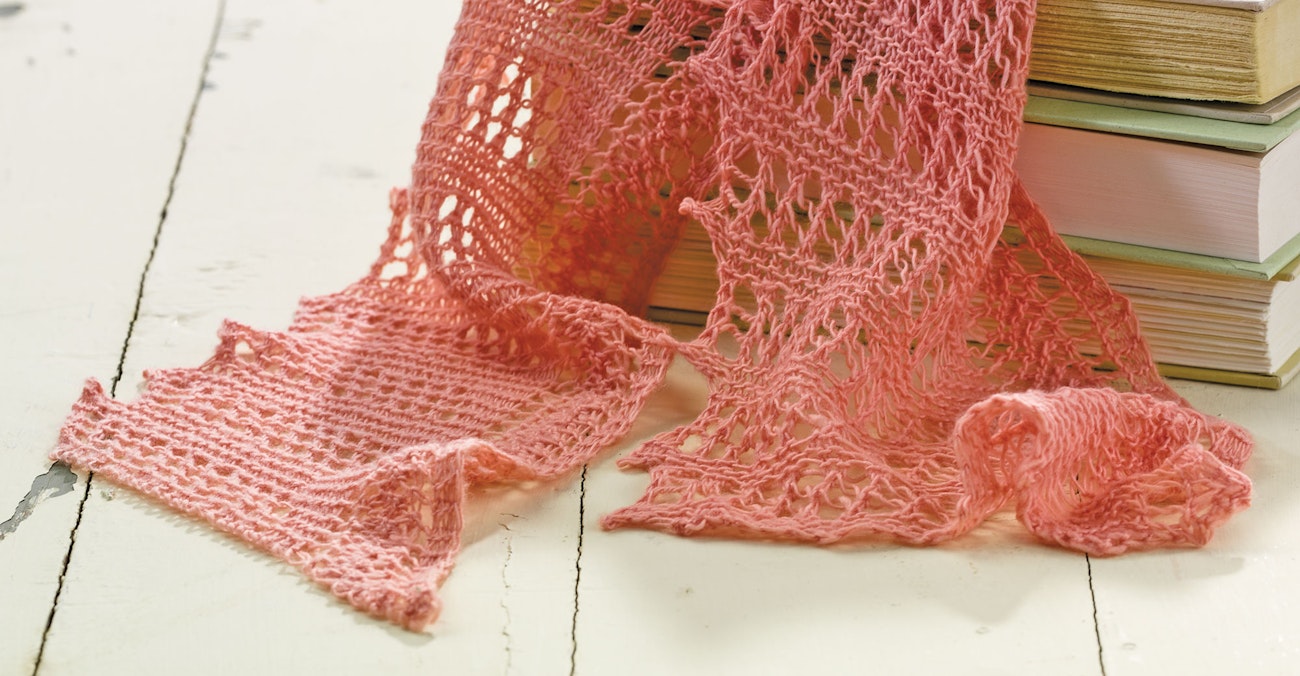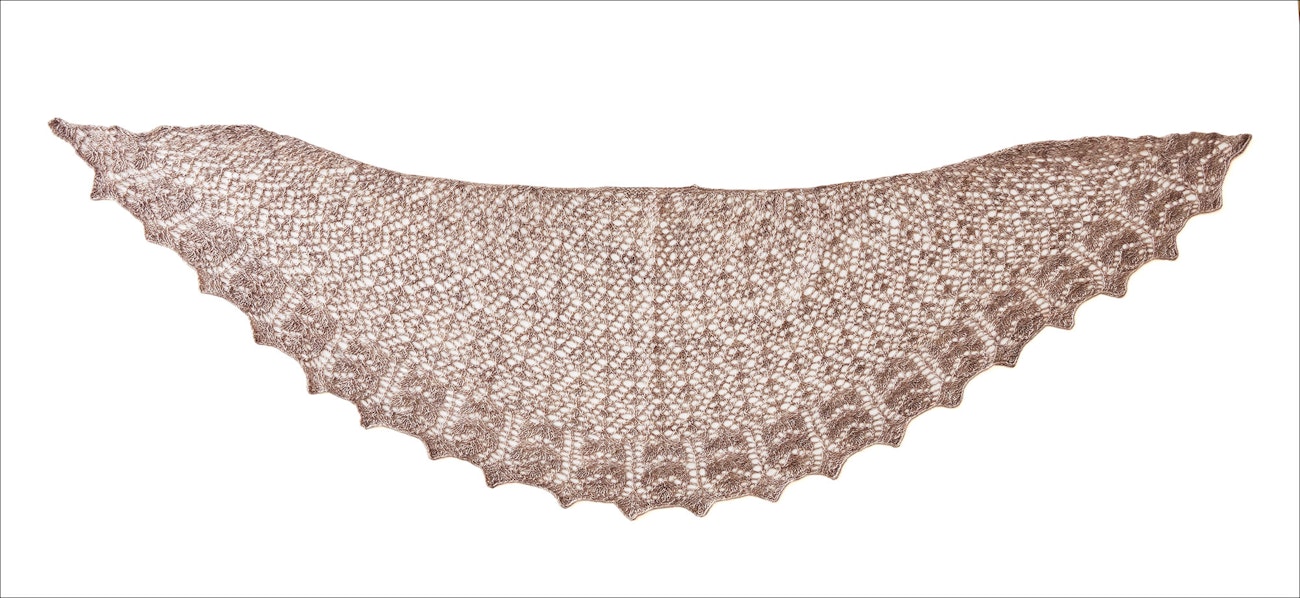Subscriber Exclusive
Casting On: 6 Tips for Starting a Victorian Shawl
Try these six hints for a functional cast-on for beautiful edges. Plus, a bonus shawl pattern for subscribers!
Try these six hints for a functional cast-on for beautiful edges. Plus, a bonus shawl pattern for subscribers! <a href="https://farmfiberknits.com/6-tips-casting-on-a-victorian-shawl/">Continue reading.</a>
https://farmfiberknits.com/cdn-cgi/image/format=auto/https://www.datocms-assets.com/101500/1737136797-wyborny-weldons-lace-shawl.jpg?auto=format&w=900
It is the start of a new year, and on the East Coast it has been very cold and the days are still rather short. So relaxing inside and knitting is the perfect way for me to while away the evening hours. I adore shawl knitting, especially with shawls that have little shaping and yards of stitches.
It’s wonderful for me to see how the interesting patterns develop on my needles week after week. Knitting a large amount of stitches can help us practice an unfamiliar pattern until it becomes second nature. The rhythmic repeats are very satisfying indeed.
Although I embrace knitting in colder months, I still have my eye on spring. And working on a light, lacy shawl in a fine yarn lets me daydream about sunny days and warmer evenings ahead when I can blithely drape a shawl over my shoulders and say goodbye to coats, scarves, and gloves.
The process of knitting a fine-gauge wrap, veil, or shawl can seem like a warm embrace; it is so satisfying to sit all cuddled up, knitting an ever-growing project as a pile of lace pools on my lap.
Victorian Inspiration
Our Victorian ancestors must have agreed. In 1889, Weldon’s published a book called Weldon’s Practical Needlework that included a pattern for A Veil: Knitted in an Open Diamond Pattern, With a Vine Leaf Pattern Border. Designer Carolyn Wyborny was inspired to adapt this pattern into a shawl with a becoming crescent shape—a style that is very wearable now, yet pays homage to a pattern that Weldon’s describes as “perfectly elegant and not at all difficult to execute.” Wyborny’s design, A Shawl Based on a Weldon’s Veil Pattern to Knit, is a timeless design that is enjoyable to knit. What could be better?
 Carolyn Wyborny’s A Shawl Based on a Weldon’s Veil Pattern to Knit has proven popular with knitters. Photos, clockwise from top left: Margot Culver, Virpi Tarvo, Susan Elliott.
Carolyn Wyborny’s A Shawl Based on a Weldon’s Veil Pattern to Knit has proven popular with knitters. Photos, clockwise from top left: Margot Culver, Virpi Tarvo, Susan Elliott.
Success from the Start
The one thing I have learned in my years of shawl knitting is that it all comes down to the cast-on row. Much in the way that a bad foundation can sink a house, an improper cast-on can jeopardize the wearability of your garment.
SUBSCRIBER EXCLUSIVE
It is the start of a new year, and on the East Coast it has been very cold and the days are still rather short. So relaxing inside and knitting is the perfect way for me to while away the evening hours. I adore shawl knitting, especially with shawls that have little shaping and yards of stitches.
It’s wonderful for me to see how the interesting patterns develop on my needles week after week. Knitting a large amount of stitches can help us practice an unfamiliar pattern until it becomes second nature. The rhythmic repeats are very satisfying indeed.
Although I embrace knitting in colder months, I still have my eye on spring. And working on a light, lacy shawl in a fine yarn lets me daydream about sunny days and warmer evenings ahead when I can blithely drape a shawl over my shoulders and say goodbye to coats, scarves, and gloves.
The process of knitting a fine-gauge wrap, veil, or shawl can seem like a warm embrace; it is so satisfying to sit all cuddled up, knitting an ever-growing project as a pile of lace pools on my lap.
Victorian Inspiration
Our Victorian ancestors must have agreed. In 1889, Weldon’s published a book called Weldon’s Practical Needlework that included a pattern for A Veil: Knitted in an Open Diamond Pattern, With a Vine Leaf Pattern Border. Designer Carolyn Wyborny was inspired to adapt this pattern into a shawl with a becoming crescent shape—a style that is very wearable now, yet pays homage to a pattern that Weldon’s describes as “perfectly elegant and not at all difficult to execute.” Wyborny’s design, A Shawl Based on a Weldon’s Veil Pattern to Knit, is a timeless design that is enjoyable to knit. What could be better?
 Carolyn Wyborny’s A Shawl Based on a Weldon’s Veil Pattern to Knit has proven popular with knitters. Photos, clockwise from top left: Margot Culver, Virpi Tarvo, Susan Elliott.
Carolyn Wyborny’s A Shawl Based on a Weldon’s Veil Pattern to Knit has proven popular with knitters. Photos, clockwise from top left: Margot Culver, Virpi Tarvo, Susan Elliott.
Success from the Start
The one thing I have learned in my years of shawl knitting is that it all comes down to the cast-on row. Much in the way that a bad foundation can sink a house, an improper cast-on can jeopardize the wearability of your garment.[PAYWALL]
It really is true. I am a frequent lace shawl knitter, and I can’t tell you how many times I have had to remove days-worth of knitting from my needles because the cast-on row that I thought was stretchy enough simply wasn’t—something that is often difficult to determine in a swatch. (Yes, I always swatch and wet-block my swatches before casting on miles of stitches.)
I tug on my practice pieces gently when they are dry because I have been surprised more than once while knitting by a horrifying snap, which indicated that my cast-on edge had irreparably torn apart. If the cast-on row is too fragile, or too unyielding, the yarn can also fray or break at the border when the garment is worn, which can cause the knitting to unravel.
Click on the images below to get a closer look at Carolyn Wyborny’s stretchy cast-on edge.
Your choice for the initial cast-on method is very important and there are a number of cast-ons that are time-honored ways to create an edge that is not too firm and unyielding. Carolyn Wyborny recommends use of a stretchy cast-on such as the cable cast-on for her pattern, A Shawl Based on a Weldon’s Veil Pattern to Knit, which is knitted from the bottom up.
But it is important to remember that every cast-on is subject to the influence of tension, yarn, skill level, needle size and material, and yarn type, which are all factors that are important to achieving a perfect border.
6 Tips for Casting On
1. Skill level: No cast-on, regardless of the gymnastics you may need to perform with your needles, will be stretchy if you are unfamiliar with it and cannot knit it evenly and smoothly. It is really important to practice your cast-on of choice to learn how to keep the stitches even, especially if you will be using it to start a pattern that has hundreds of stitches.
2. Tension: Cast-on edges that are knit too tightly will lose some of their inherent flexibility, and they can break over time. Casting on too loosely can also cause problems—the finished edge may stretch out of shape, and it may introduce an unwelcome ruffled effect at the bottom edge. Loose threads at the border can catch on things and tear. Lace borders need some give so they can maintain their undulating shape, especially if they are to be pinned into shape when blocked.
 It's important to pay attention to your tension when casting on a lace border.
It's important to pay attention to your tension when casting on a lace border.
3. Yarn: It is easier to achieve a perfect cast-on for the bottom edge of a shawl with a fiber that has a little elasticity, such as pure wool or cashmere. Fibers like cotton, silk, and linen are relatively unyielding so casting on with a relaxed tension will help alleviate some of that inflexibility. Remember, too, that a yarn that will shrink will also shrink at the cast-on edge, which is why it is a good idea to test-block your swatch the way you will launder the finished garment.
4. Needles: Wooden and bamboo needles are less slick than metal needles, which can work for or against you depending on the fiber you select. If you are working with a slippery fiber, such as a shiny silk, you may appreciate the more modulated speed and control that you will get with wooden needles because they have a little “grip.” Speedy knitters may find that wooden needles impede their ability to maintain their tension when working with stretchier fibers like wool, and they may get more even results with metal needles.
5. Needle Size: It is conventional wisdom that going up a needle size or two, or casting on over two needles at a time, will help create a cast-on edge that is flexible. This is helpful information, but remember that it is not a one-size-fits-all approach: yarn weight, fiber content, and your own gauge will all make a difference, so try out different combinations of yarn and needles until you are comfortable with the results.
6. Strands: Many lace shawl patterns call for using two strands of yarn for the cast-on. This can be particularly effective if you are working with a delicate fiber. In fact, if the fiber is especially gossamer, you may want to reinforce the cast-on edge by combining your yarn with a strand of another, slightly sturdier fiber.
 Knit the Wyborny shawl for yourself. Subscribers can find the pattern in the Farm & Fiber Knits Library.
Knit the Wyborny shawl for yourself. Subscribers can find the pattern in the Farm & Fiber Knits Library.
Carolyn Wyborny’s crescent shawl interpretation of the Victorian knitted veil keeps historical knitting traditions alive, while embracing contemporary aesthetics and techniques. No matter which fiber you choose to make a shawl such as her A Shawl Based on a Weldon’s Veil Pattern to Knit, remember that success starts at the bottom. Put the effort in early and you will be rewarded with a garment that will look lovely and will last well. After all, the appeal of knitting those lace patterns has endured for well over one hundred years.
 Carolyn Wyborny’s A Shawl Based on a Weldon’s Veil Pattern to Knit has proven popular with knitters. Photos, clockwise from top left: Margot Culver, Virpi Tarvo, Susan Elliott.
Carolyn Wyborny’s A Shawl Based on a Weldon’s Veil Pattern to Knit has proven popular with knitters. Photos, clockwise from top left: Margot Culver, Virpi Tarvo, Susan Elliott. 



 It's important to pay attention to your tension when casting on a lace border.
It's important to pay attention to your tension when casting on a lace border.  Knit the Wyborny shawl for yourself. Subscribers can find the pattern in the Farm & Fiber Knits Library.
Knit the Wyborny shawl for yourself. Subscribers can find the pattern in the Farm & Fiber Knits Library.